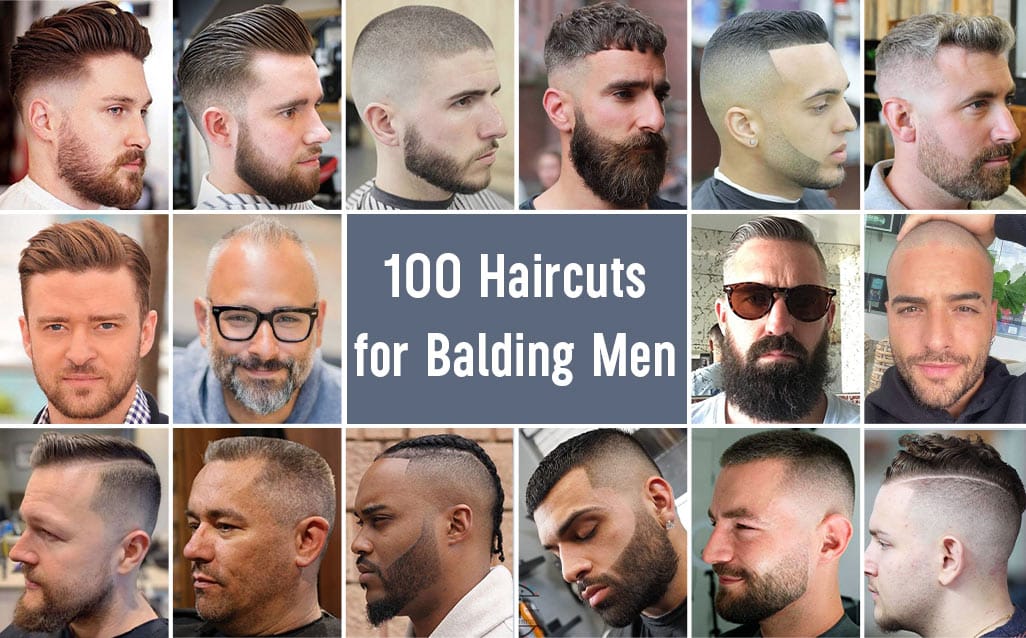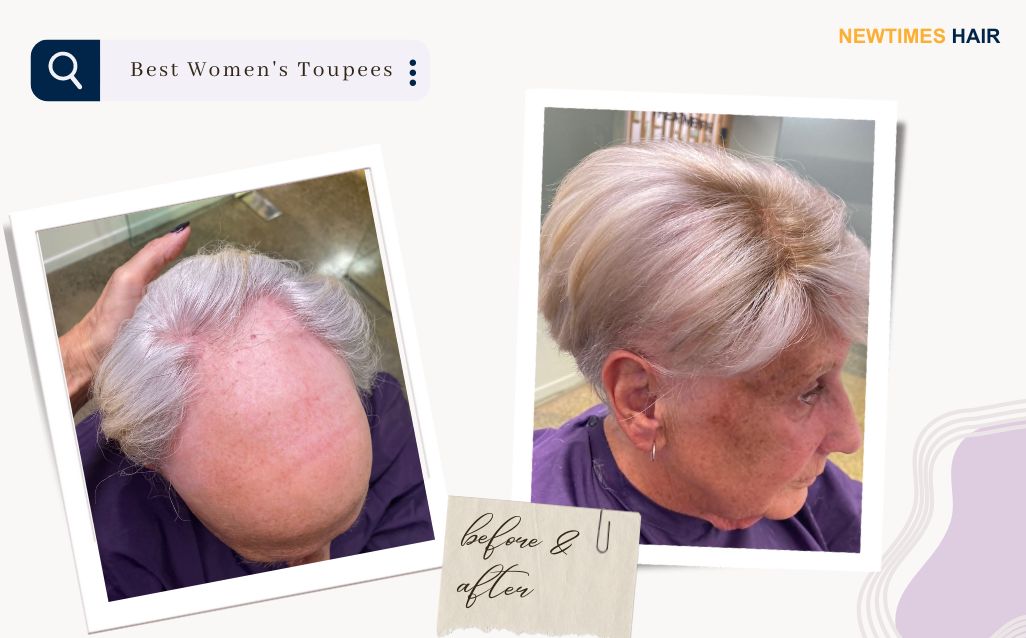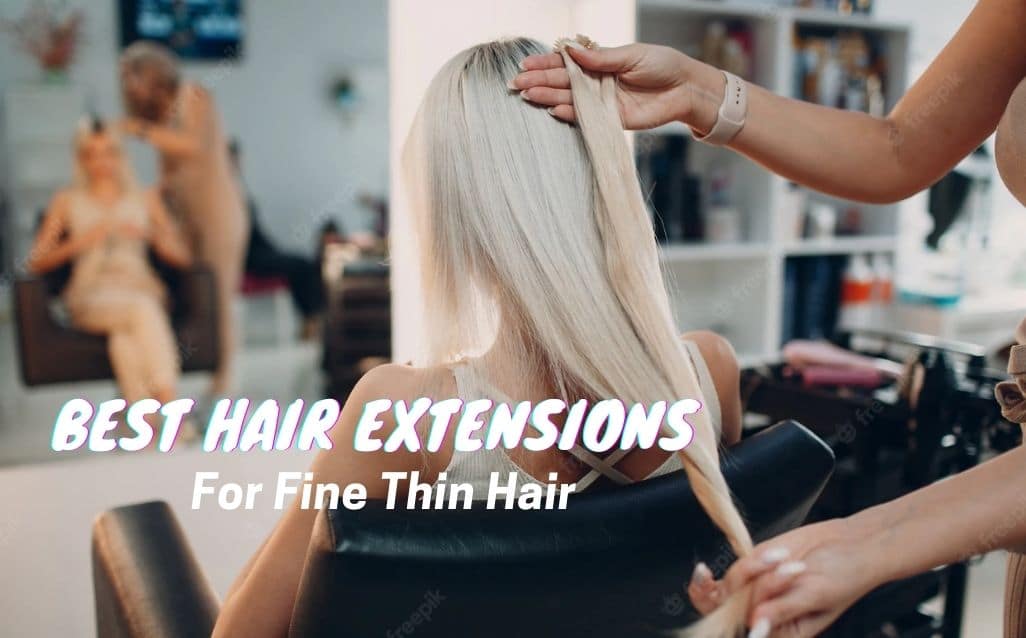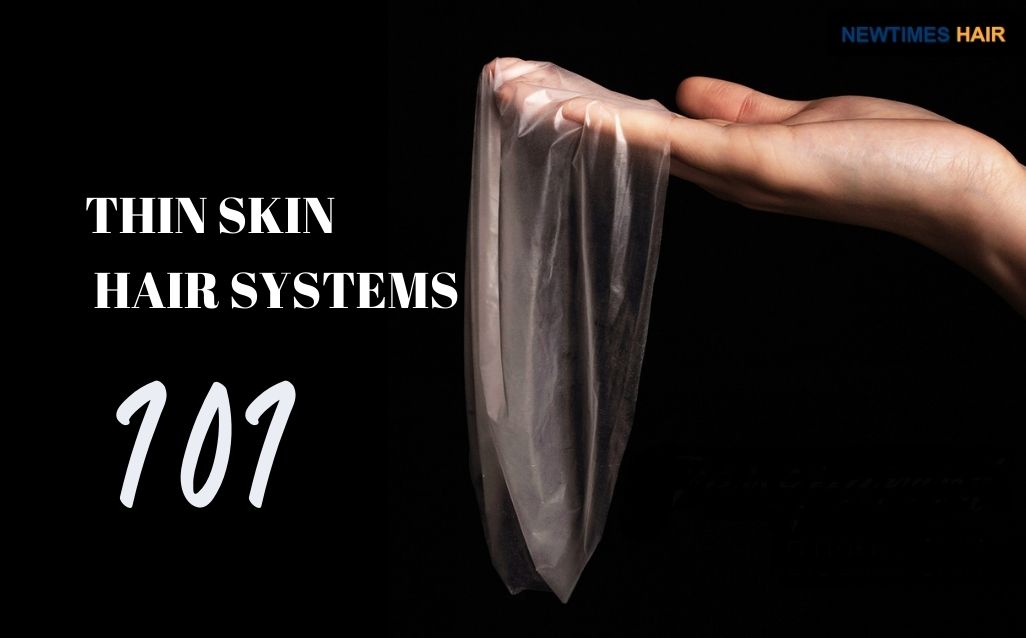Many of your clients will seek your advice in choosing the most realistic hair system. When discussing with them what makes for a natural appearance, your conversation will inevitably drift towards base materials or perhaps hair type but it is also very important to think about the different ventilating hair techniques, that is to say, the way in which the hair is attached to the base. We can ventilate hair in nine different ways at New Times Hair but over the course of this article, we are going to focus on three methods that are exclusive to skin or poly bases.
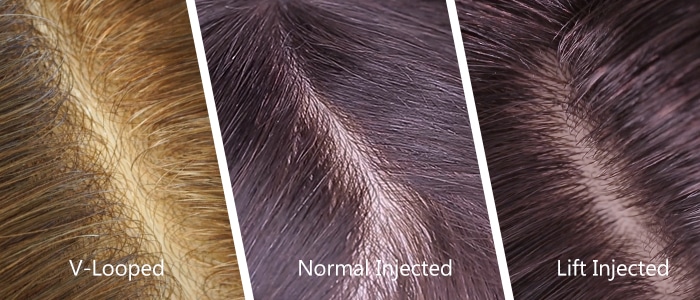
Skin base hairpieces are big on realism and they are favored because of their lightweight, transparent, and easy-care nature. We can make skin bases of any thickness but our most popular thicknesses are 0.08mm, 0.06mm, and our thinnest and therefore, most realistic skin, 0.03mm. To further enhance the realism of skin for your customers, we can use the following knotless ventilating hair techniques: V-looping and injection. The injection method can then be divided into normal (or flat) injection and lift injection. We will now explain in detail the process required to ventilate hair to skin bases in these ways.
V-looped

First of all, let’s take V-looping or V-loops. To ventilate hair to a base using this method, our technicians will puncture two holes(go and back hole) in the base with a needle specially for ventilating hair and then hook one or more strands of hair around the needle and pull the hair through the holes to make a V-shape. How many strands of hair you attach to the needle depends on the density level required for that section of the base. (We make our hair systems to have different levels of density in different areas of the base to replicate how density levels differ across our own heads.) After being pulled through, the strands of V-looped hair will be split so after the technician has done one line of hair ventilation, they will press down on the roots and rub them slightly. This ensures the strands of hair stay together and have the same hair direction. V-looped hair has a natural lift and does not lay flat on the base. As such, V-looped hair is well-suited to the top, crown, or anywhere on the head where you want to create a natural lift effect.
The process does not end once all the hair has been ventilated, however. For all the types of knotless hair techniques to be discussed in this article, there is a very important next step that needs to be taken: sealing the hair. For V-looped hair, this means turning over the base and brushing a layer of poly on the underside before placing the hair system in an oven to dry. Adding this layer of poly also serves to smoothen out the underside of the base and therefore, make it more comfortable to wear. V-looping creates a very natural look but you will have to warn your clients that the flipside of this technique is that they will have a hair system that does not have such a long lifespan. The lifespan also depends on the thickness of the base. If it is 0.03mm ultra-thin skin. It will last no longer than 1 month. And if it is thicker than that, it will last a little longer, like 0.06mm can last around 2-3 months. But even it has this flipside, it is still very popular in the market. Because it can bring extra realism. It is good for the clients who purchase realistic effects and also don’t mind changing new ones more frequently.
Injected

Normal Injected
Secondly, there is normal (or flat) injected hair which again is another knotless ventilating hair technique. As is the case with V-looped hair, this technique can only be used on skin bases – it is not possible for lace, mono, or any other type of base. This time, the technician will use a special kind of ventilation needle to punch the hair through the base(without returning back to the upsides). Again, you have a very natural appearance but since there are no knots, the amount of time the hair will remain secured to the hair system will be shortened which your customers need to be aware of.
The next stage again requires a layer of poly to be brushed on the underside of the base. However, this time the process is slightly more complicated than it is for V-looped hair. Before brushing on the poly, we first need to shave the hair roots and we simply use an electric razor to do this. We must shave all the roots to the same length and we need to leave the roots with a bit of length as this will make the hair last longer on the base. Then, we will brush on a layer of poly to seal the hair, and finally, we will iron the roots down flat on the base when the poly is still not dry. Then the hair lay down and covered by the poly after the poly dry.
Since the hair roots that were ironed flat are relatively long, the hair on the top side of the base will lay down close to the surface of the base. This, in turn, gives the hair on the base a flat effect as well as hair that is difficult to change direction. That makes normal injected hair suitable for those customers who want a very natural appearance with hair that lies flat and is not too concerned about the lifespan of their hair system. Normally if under good taking care, a normal injected hairpiece can last around 3 months. But like other shorter-lasting pieces, this is still a good market to get in. Your clients can get the most realistic effect they want, and just you tell them the point before they buy, you can get fewer complaints and more frequent return orders. They are why this type of short-life hairpieces go up more and more popular recently. In today’s marketing, clients are eager to really more than durability.
Lift Injected
Finally, we have lift injected hair and again, it is knotless and only possible for skin bases. And it is the most realistic ventilation way, exactly following the way the real hair is. The first part of the process is actually the same as it is for normal injected hair as the hair is punched through the base with the same kind of ventilation needle creating a very natural look.
Once again, the hair roots need to be shaved but unlike normal injected hair, the roots must be shaved down to a very short length. This length must be even across the whole of the underside of the base. There is no need to iron the hair this time since the roots were shaved to a very short length so our technicians can proceed directly to brushing on a layer of poly to completely seal the hair in the poly.
Lift injected hair gives a more natural appearance than normal injected hair since the short hair roots. First, as the hair roots are short, it is hard to discover from the hair sides. Second, the hair roots weren’t be ironed flat down, so the hair on the hair side(upside) also not flat down too. It is – as the name of the ventilation method suggests – gives a natural lift to the hair on the top side of the base. The hair direction can also be changed freely by the wearer as opposed to the less flexible normal injected hair. Consequently, lift injected hair is closer to the appearance and behavior of our own hair. That said, your customers need to be aware that because of the short hair roots and lack of knots, the hair is harder to hold tight on the base long time. It will last a shorter time than normal injected pieces. But to make lift injected pieces can work in a reasonable time, we have to make the skin base for lift injected pieces thicker than for normal injected base. But with advanced techniques in New Times Hair, we can make the skin base for lift injected hair even thin to 0.12mm, and at the same time it can last enough longer time for most clients who choose this ventilation way. And sometimes, clients very prefer to lift injected and they will ask for a thicker skin base, which can lengthen the last time and also enhance the lift effect.

So, there you have it, three highly realistic ventilating techniques for skin bases. Whilst the above three methods bring great realism to a skin hairpiece, they do so at the expense of its durability. If a longer-lasting skin hair system is a priority for your customers, then you could suggest different kinds of hair ventilation. Both single reverse split knots and single flat knots are alternatives for skin bases. You can lookout for a future blog on these ventilation methods as well as the other methods that we offer. In the meantime, if you would like any further information services about the skin base hair ventilation methods we introduced, then please sign up to receive our newsletters and you will be the first to know about our latest blogs.
Also if you like this blog, you can share it or leave your treasure comment below. It is our huge impetus to write more articles you like. Thank you!
Also have taken a relative video class which will show exactly how to ventilate hair with v-looped, normal injected and lift injected, and how to do the next processes. If you’re interested, you can watch the below video to get a detailed video class.
